News of a Metroidvania-style Prince of Persia game truly scared me. The franchise has been left to rot for over a decade, and the Sands of Time Remake is stuck in perpetual development hell, leaving me to reminisce, while Ubisoft regroups—again.
Thankfully, like a noble warrior, Prince of Persia: The Lost Crown swipes all that adversity to one side with a cutting-edge sword strike to put on a clinic of Metroidvania excellence. Not only does The Lost Crown dispense with the pleasantries and formalities of a genre welcome party, but it jumps straight into the action with its own idiosyncratic systems, a stylistic and engaging story, and makes you go, “Oh yeah, Ubisoft makes good games, doesn’t it?”
Accessibility and adventurousness go hand-in-hand
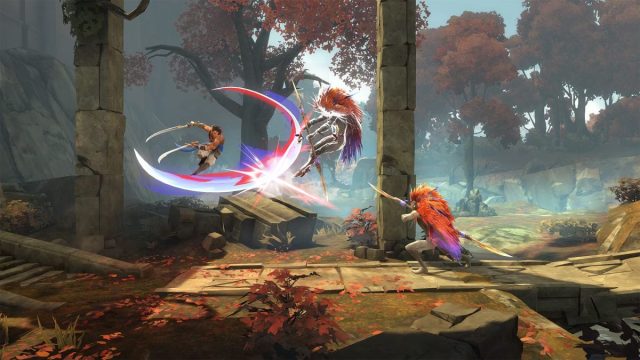
I played Prince of Persia: The Lost Crown for hours, so utterly transfixed that even industrial-strength eye drops wouldn’t have an effect. One, because it’s a royally good time from start to finish, and two, because it’s jaw-droppingly long. Fellow contemporaries Metroid Dread and the Guacamelee series are over in mere hours, whereas I hit the credits for The Lost Crown at 14 hours—with a ton of collectibles and side missions still left to do.
More than justifying its cheaper RRP of $49.99, Ubisoft’s Prince of Persia: The Lost Crown reimagines successful ideas from Metroidvana titles of old and offers new leases of life to the genre.
Pardon my assumptions, but if you didn’t know, the term “Metroidvania” was coined after a slew of mega-popular Metroid and Castlevania games in which the player must circumnavigate a labyrinth of floors and areas you slowly gain access to after unlocking new abilities and items. Prince of Persia: The Lost Crown adopts the same philosophies by tasking you with clearing out room after room of enemies, overcoming tests of your mental fortitude with puzzles and platforming, and generally bettering and upgrading Sargon to become well-equipped for the treacherous troubles that lie ahead.
Throughout his mysterious journey at Mount Qaf, our typically brave and heroic protagonist—one of Persia’s Immortals, incredible warriors pretty much intertwined as family—gradually becomes imbued with reality-altering powers caused by Qaf’s instability. Sure, the superhero-like power to double jump and speed dash is nothing new in a Metroidvania game, but Sargon’s Shadow of the Simurgh ability, which allows him to create a copy of himself, allows for some clever puzzles and environmental manipulation.
The Lost Crown innovates and delights in doing so. The Memory Shard mechanic screenshots areas of the game to remind you where to return once you have the necessary tools. Furthermore, if negotiating the complexities of a diverse, multi-routed map leaves a sour taste in your mouth, then Ubisoft provides an alkaline with a Guided Mode to show you where to go. Accessibility is the name of the game here, and it feels like a warm embrace, no matter your skill level or experience.
More polished than a showroom camel
Top-to-bottom, this is a game with high production values, particularly in its storytelling. Other Metroidvania games usually shun the narrative in favor of its world—The Lost Crown scoffs with regal buoyancy as it does both.
The title’s Prince Ghassan is merely a central, non-playable character in the overarching story, but at least we still get a Prince. For us, the focus is on Sargon—a wonderfully engaging character whose plight becomes more desperate as the Prince of Persia develops. The supernatural nature of Mount Qaf allows the game limitless freedom and, in turn, sets up a journey of power struggles, deception, and betrayal. The cel-shaded art style blends into the cinematic cutscenes and helps to actualize the jarring nature of the story’s content—accompanied by a tasteful, thematic score.
I more than appreciate the effort that has gone into this aspect of the game, as it’s clear the story is a backbone more than a blink-and-you-’ll-miss-it affair.
You’ll need to find the Warrior Within
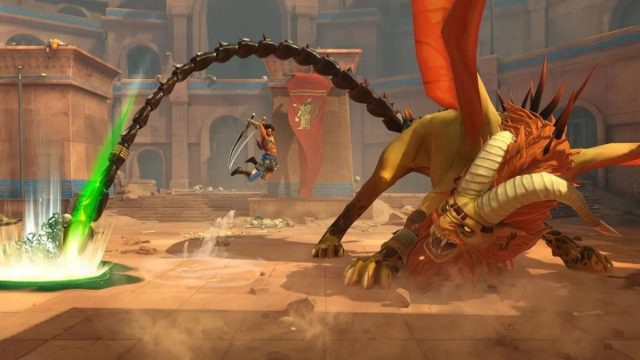
No glitches, no performance issues, and AAA production—plus, I had a blast. There’s a ton of enemy variety, the levels get progressively more ambitious and gorgeous, and your continual advancement through Prince of Persia: The Lost Crown feels buttery smooth—as does handling Sargon himself.
Was it perfect, though? No. The game’s runtime is fantastic, but a lack of development in the combat led to the final few hours becoming a bit stale.
Swords, a limited-use bow, and a handful of cool powers can only do so much before the brain wants more. Additionally, Ubisoft has already informed us that changes are coming to the difficulty of boss battles, but depending on the severity of these tweaks, make sure you’re turning Sargon into Super Sargon as late-game bosses spike hard with a brutish bloodthirst.
Is Prince of Persia back?
Prince of Persia: The Lost Crown had the unenviable task of being one of 2024’s first major releases after a barnstorming year in which the gaming industry usurped and one-upped each other like a back-and-forth tennis match.
Ubisoft has reminded everyone that it is more than just RPG collect-a-thons and shooters. Throughout The Lost Crown, I was pensive due to the story, perplexed at the deviousness and cunningness of its traps and calculated conundrums, and pleasantly surprised at how glorious Prince of Persia: The Lost Crown is. Not only is it soulful, it’s a living, breathing embodiment of ingenuity done right, transcending all expectations and doubts I had.
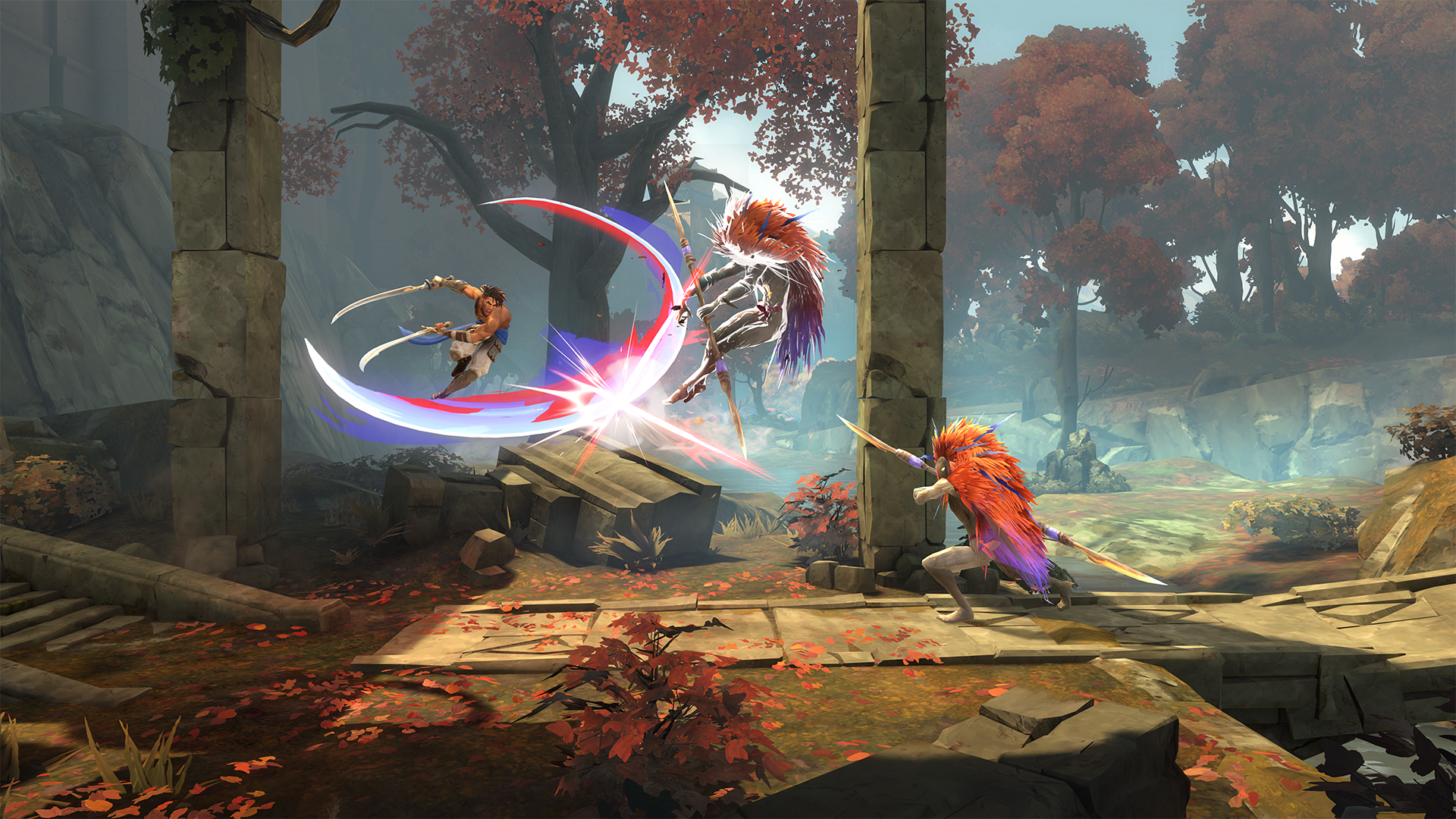
- Charming story brought to life with popping visuals
- Ever-evolving gameplay adds freshness to the genre
- The on-type soundtrack adds realness and zest to its setting
- Value for money in droves
- Combat needs a bit more variety



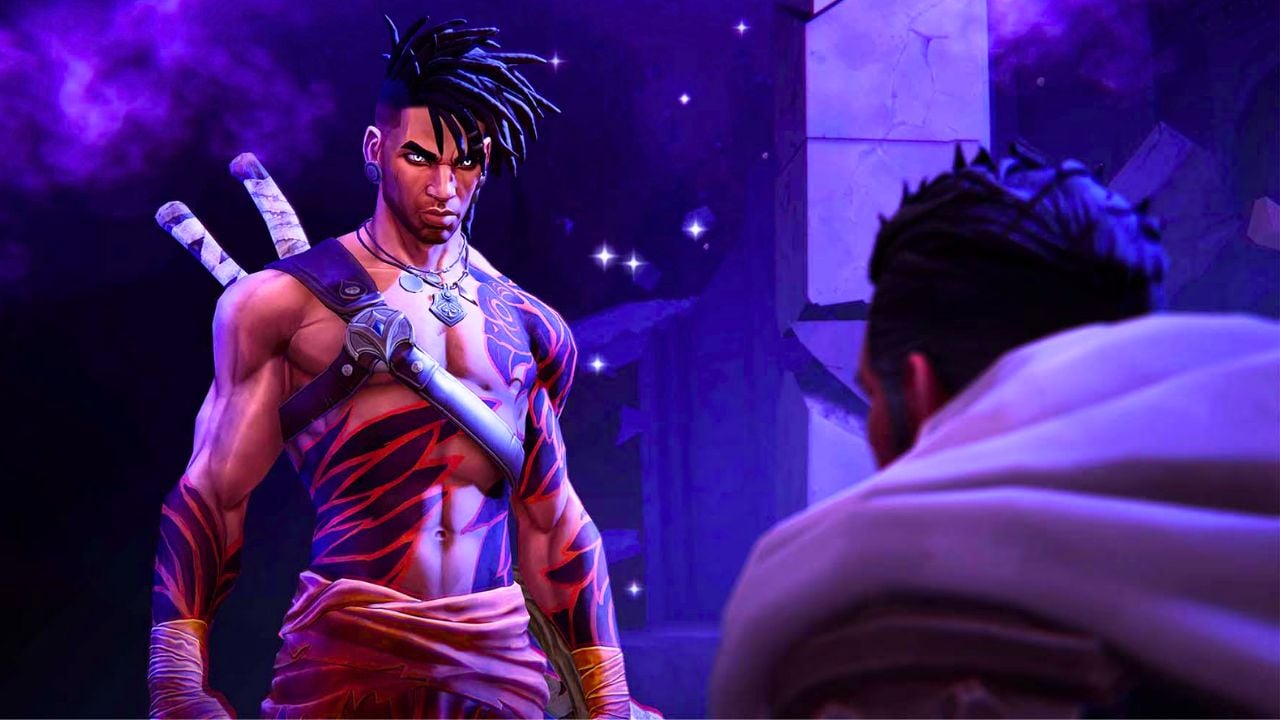
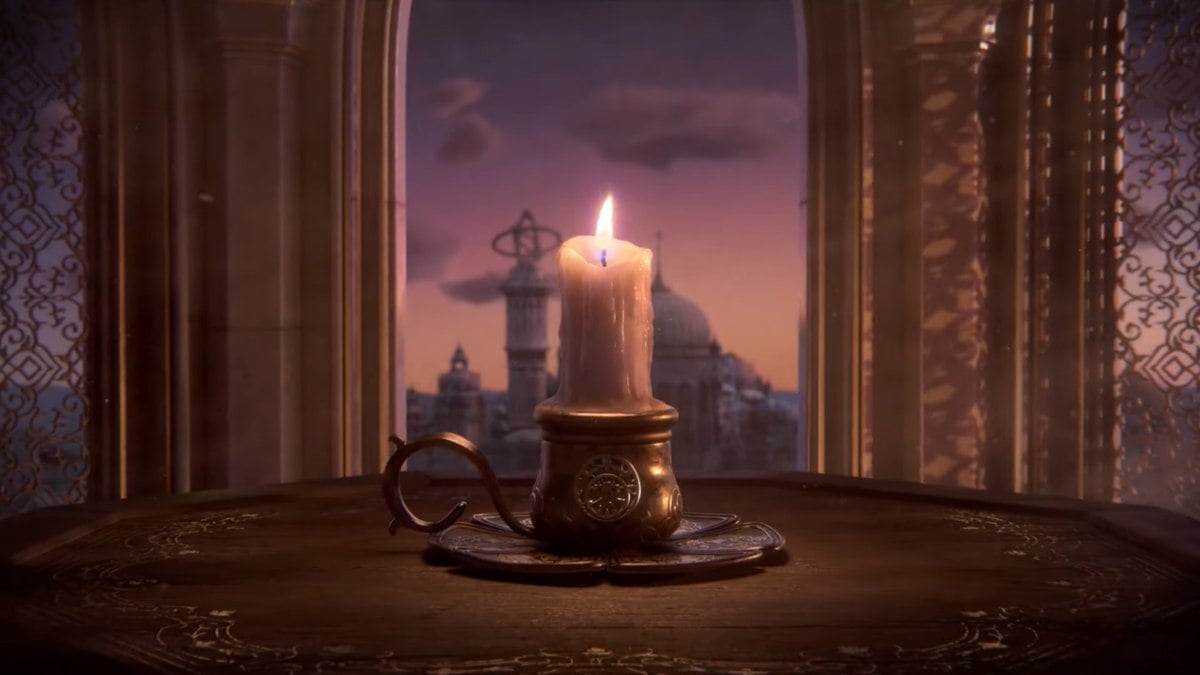
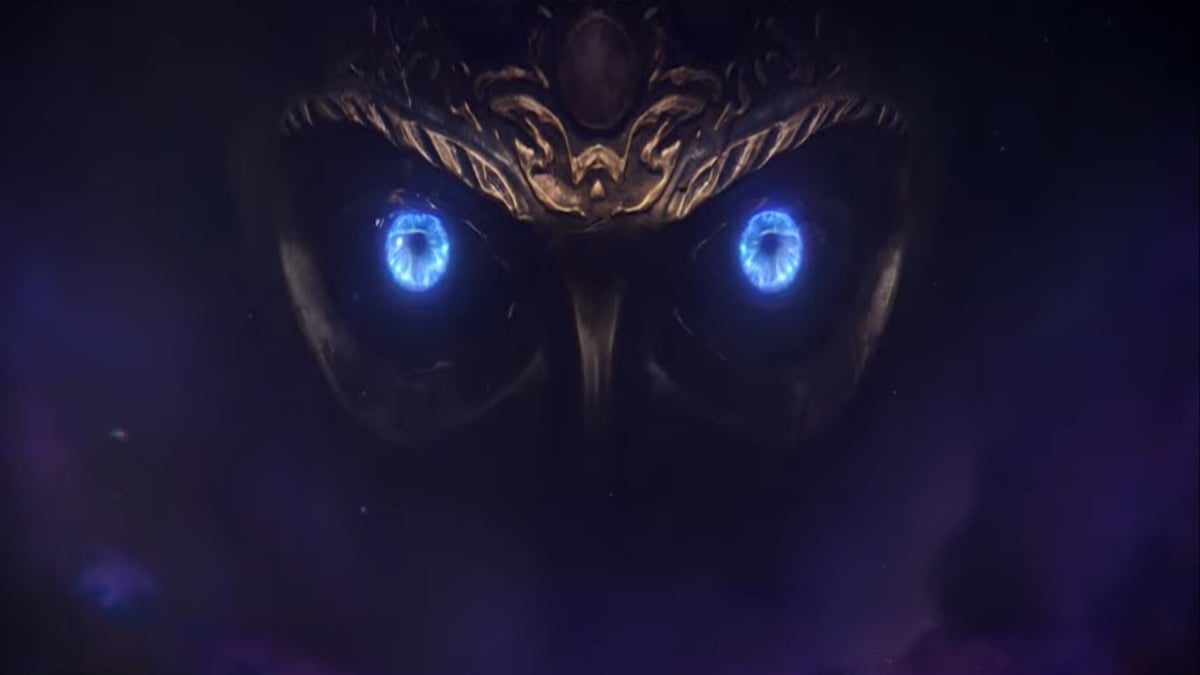
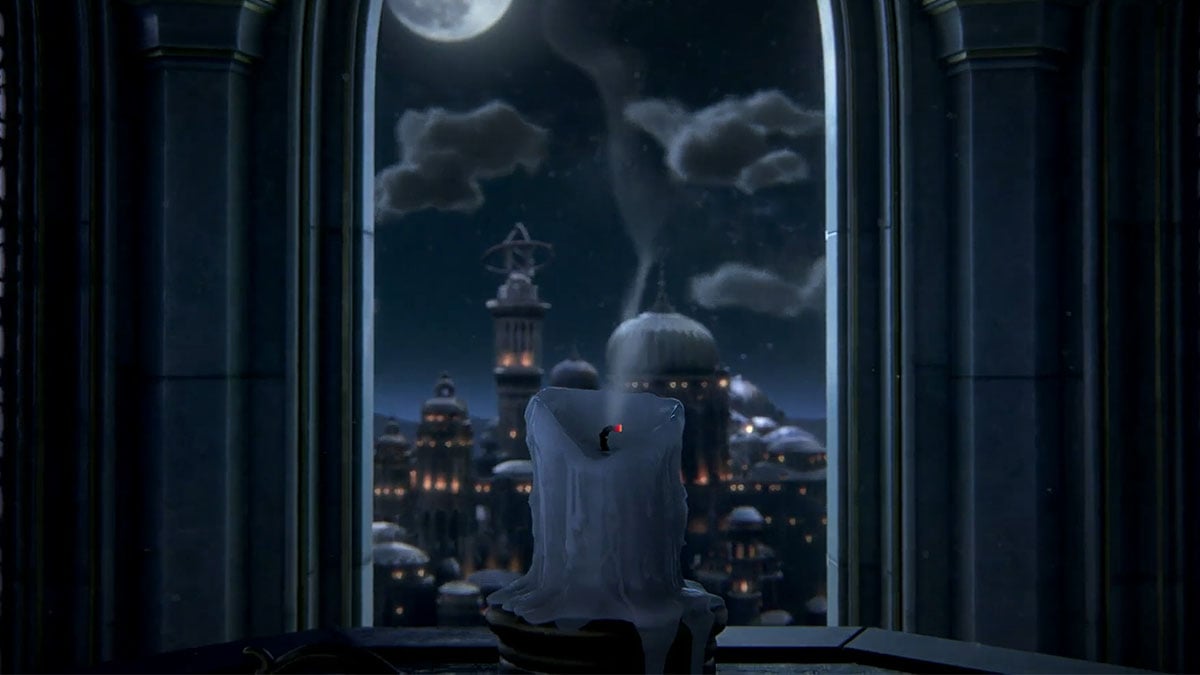
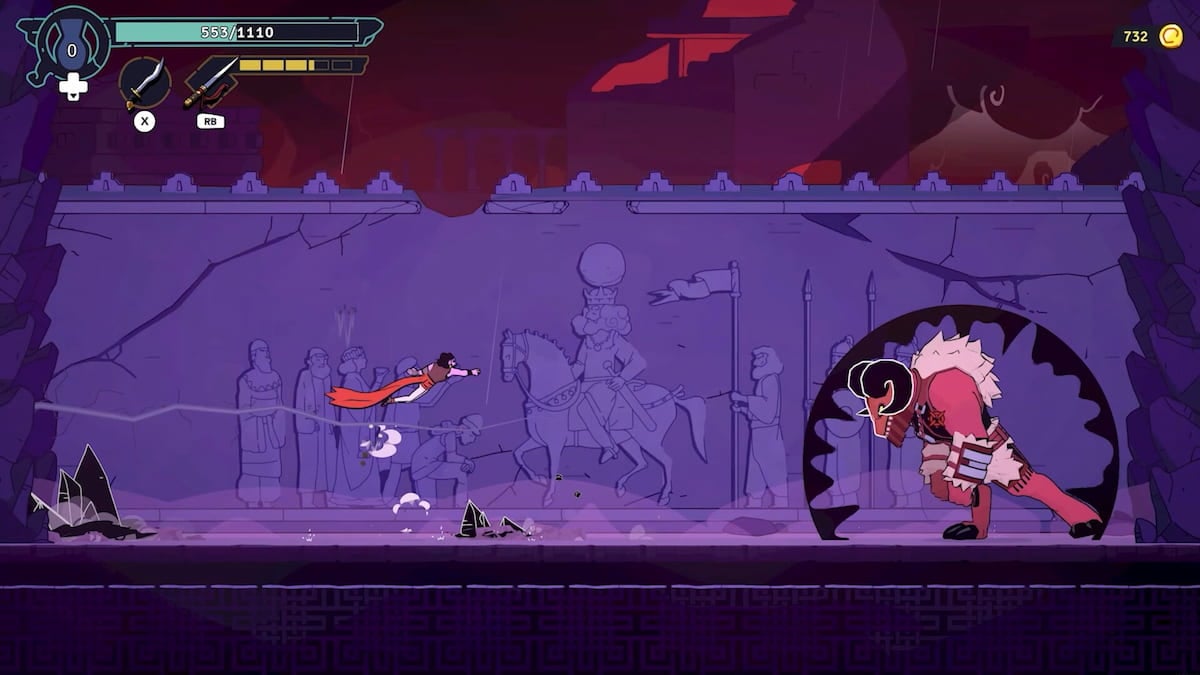
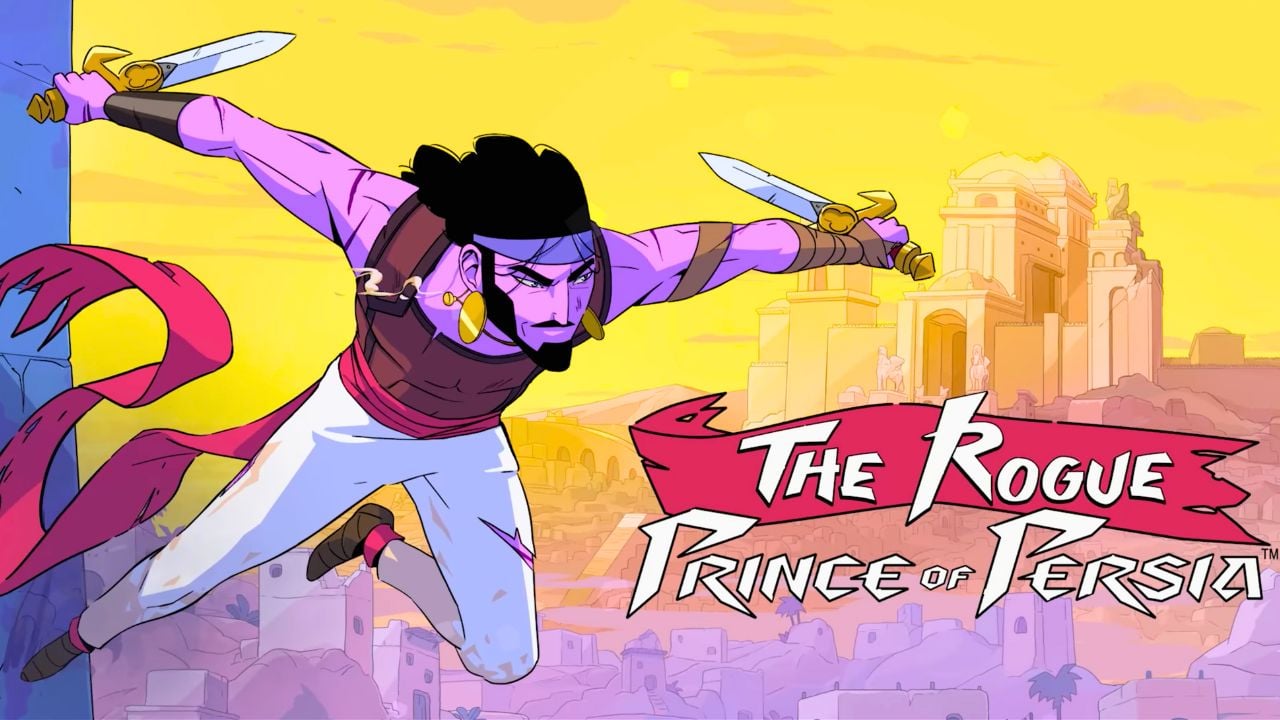
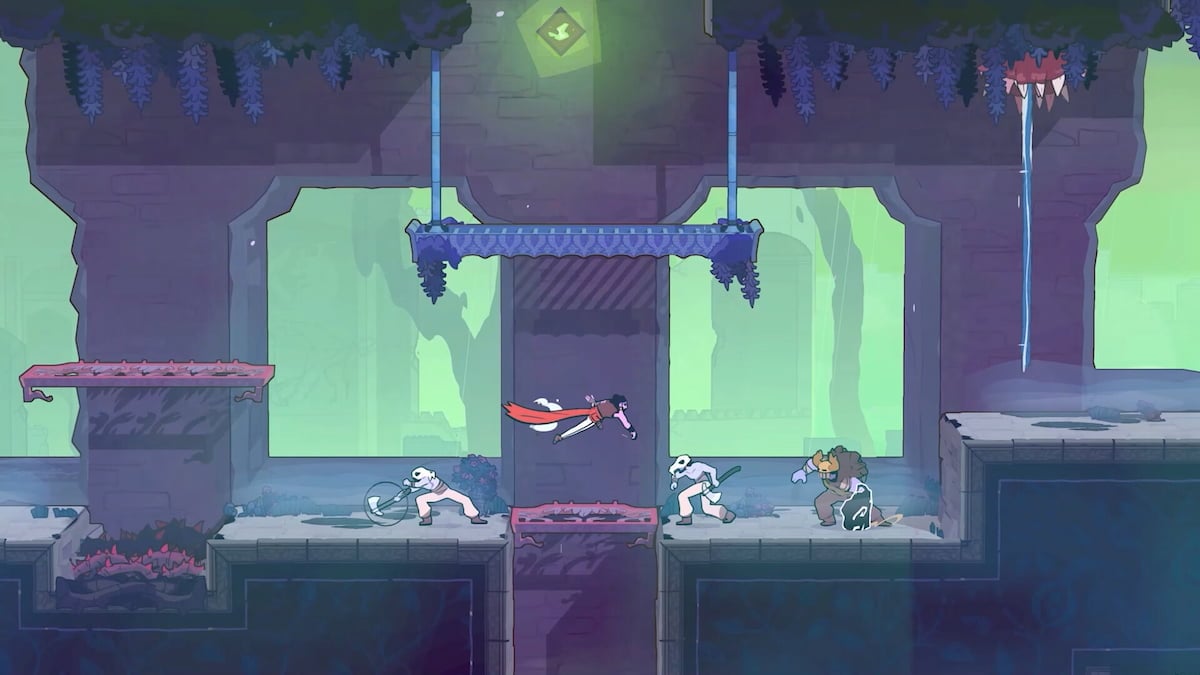
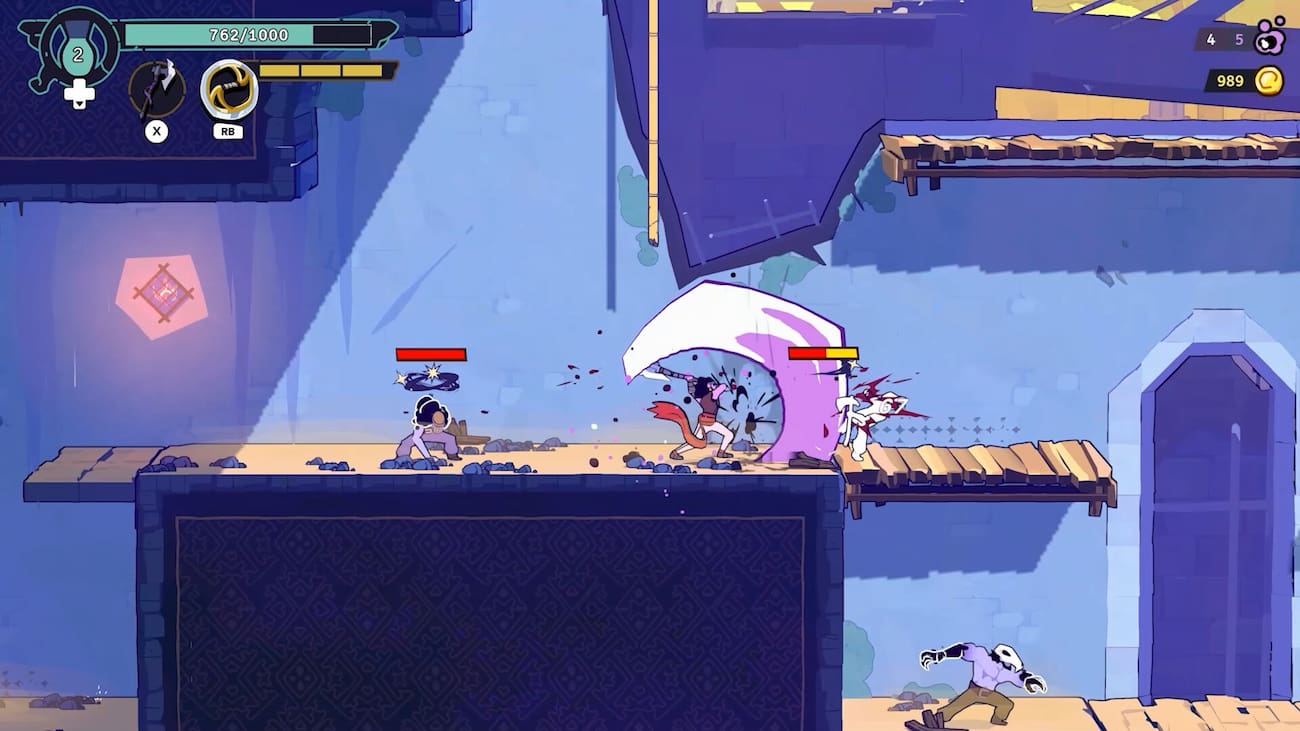
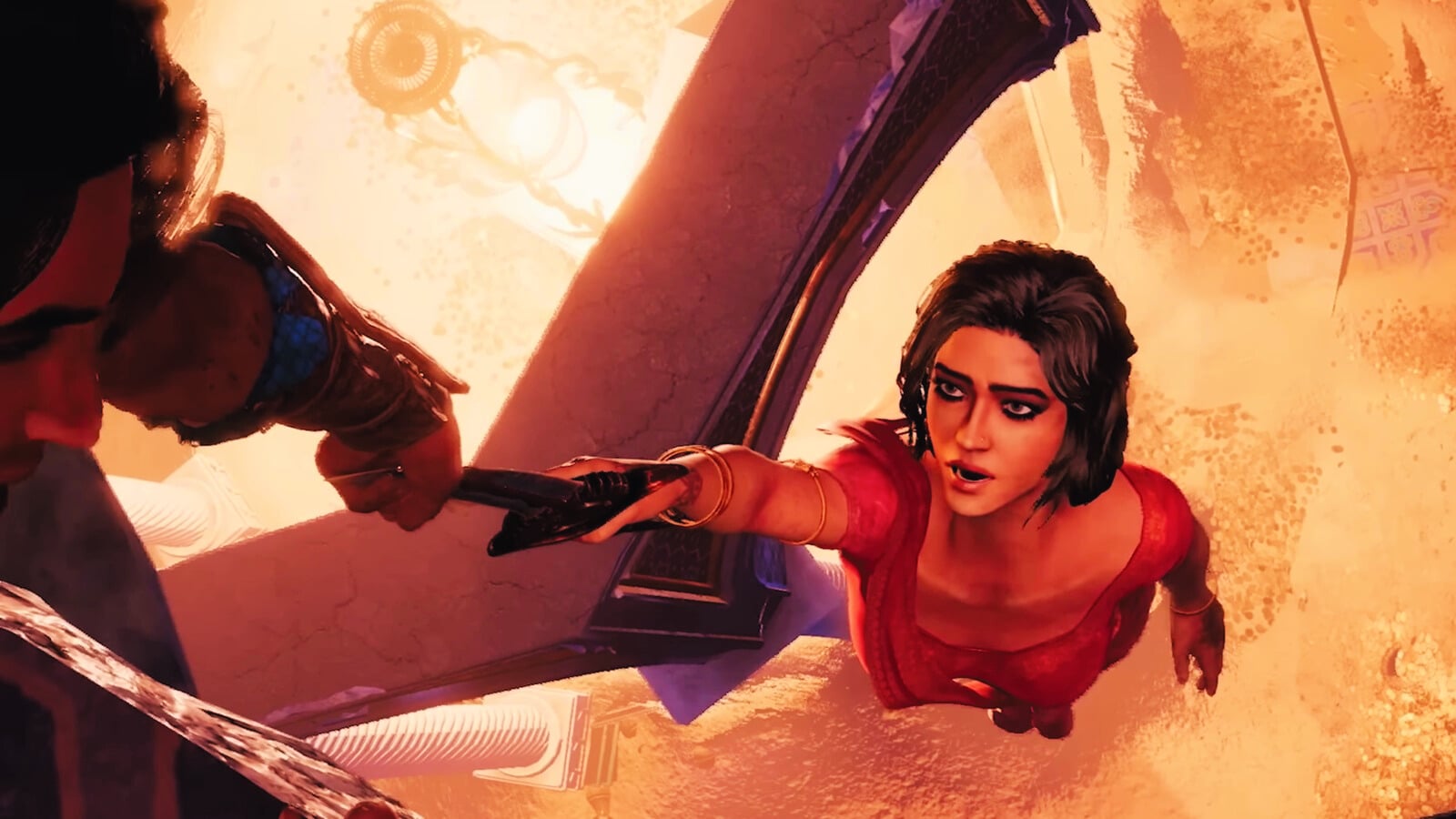
Published: Jan 11, 2024 12:00 pm